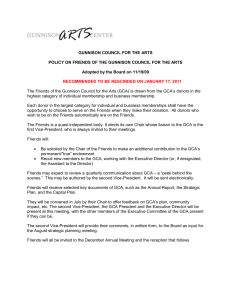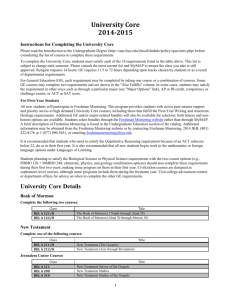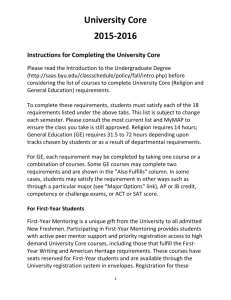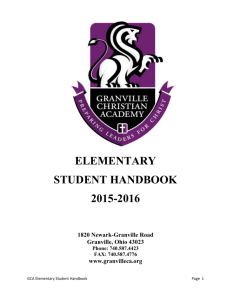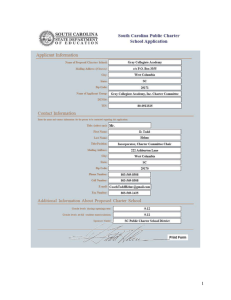PARTNERS FOR PLANTS - River Oaks Garden Club
advertisement
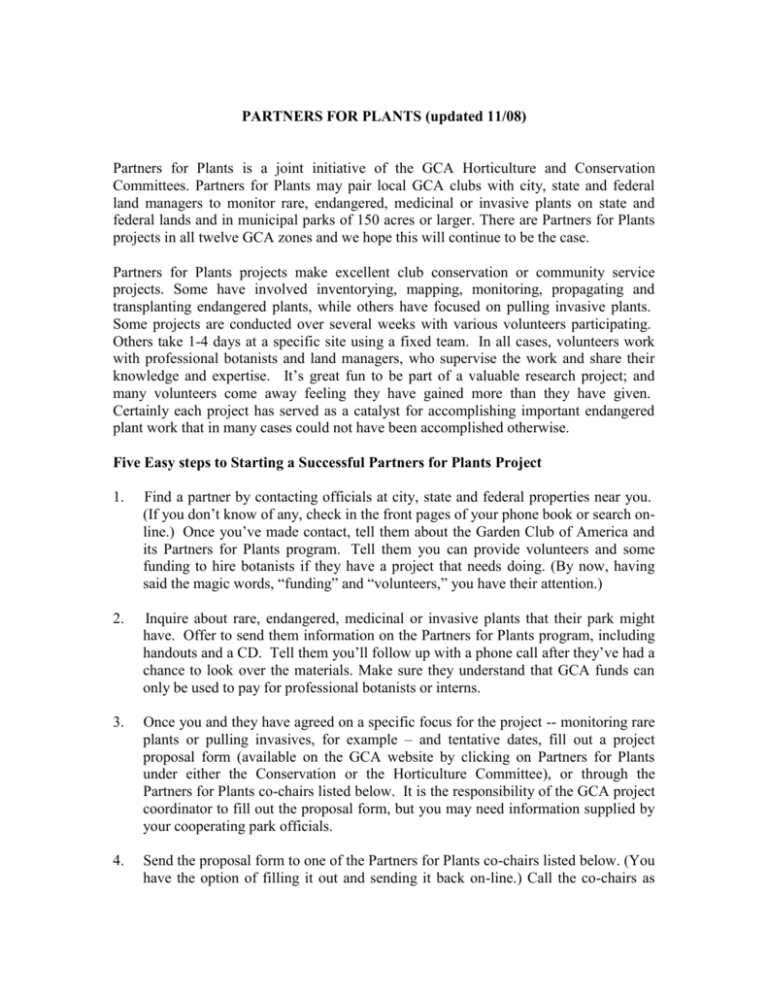
PARTNERS FOR PLANTS (updated 11/08) Partners for Plants is a joint initiative of the GCA Horticulture and Conservation Committees. Partners for Plants may pair local GCA clubs with city, state and federal land managers to monitor rare, endangered, medicinal or invasive plants on state and federal lands and in municipal parks of 150 acres or larger. There are Partners for Plants projects in all twelve GCA zones and we hope this will continue to be the case. Partners for Plants projects make excellent club conservation or community service projects. Some have involved inventorying, mapping, monitoring, propagating and transplanting endangered plants, while others have focused on pulling invasive plants. Some projects are conducted over several weeks with various volunteers participating. Others take 1-4 days at a specific site using a fixed team. In all cases, volunteers work with professional botanists and land managers, who supervise the work and share their knowledge and expertise. It’s great fun to be part of a valuable research project; and many volunteers come away feeling they have gained more than they have given. Certainly each project has served as a catalyst for accomplishing important endangered plant work that in many cases could not have been accomplished otherwise. Five Easy steps to Starting a Successful Partners for Plants Project 1. Find a partner by contacting officials at city, state and federal properties near you. (If you don’t know of any, check in the front pages of your phone book or search online.) Once you’ve made contact, tell them about the Garden Club of America and its Partners for Plants program. Tell them you can provide volunteers and some funding to hire botanists if they have a project that needs doing. (By now, having said the magic words, “funding” and “volunteers,” you have their attention.) 2. Inquire about rare, endangered, medicinal or invasive plants that their park might have. Offer to send them information on the Partners for Plants program, including handouts and a CD. Tell them you’ll follow up with a phone call after they’ve had a chance to look over the materials. Make sure they understand that GCA funds can only be used to pay for professional botanists or interns. 3. Once you and they have agreed on a specific focus for the project -- monitoring rare plants or pulling invasives, for example – and tentative dates, fill out a project proposal form (available on the GCA website by clicking on Partners for Plants under either the Conservation or the Horticulture Committee), or through the Partners for Plants co-chairs listed below. It is the responsibility of the GCA project coordinator to fill out the proposal form, but you may need information supplied by your cooperating park officials. 4. Send the proposal form to one of the Partners for Plants co-chairs listed below. (You have the option of filling it out and sending it back on-line.) Call the co-chairs as often as you need to if you have questions or problems. 5. Enlist the necessary volunteers for the project. Keep in mind that volunteers don’t need to be members of your GCA club. They can be friends, family, local community service groups such as Boy Scouts, members of your walking group or book club. Just be realistic in assessing the abilities of your volunteers to do the work required. Please consider being a Partners for Plants project coordinator. Grab a group of friends and have a creative getaway. The project proposal form and project completion form can be found on the GCA website (www.gcamerica.org) under the Horticulture or Conservation Committee pages by clicking on Partners for Plants. Be sure to call one of us if you have any questions. Susan Osborne, Co-Chair Conservation Committee Carmel by the Sea GC (Xll) Cell: 831-915-8529 Home: 831-659-4584 osusan@comcast.net • • • • • • • • • • • • • • • Chris Caudill, Co-Chair Horticulture Committee River Oaks GC (IX) Home: 713-523-0539 Fax: 713-963-8989 clc3245@aol.com American Lands Alliance www.americanlands.org Be Plantwise www.beplantwise.org Bureau of Land Management www.blm.gov Center for Plant Conservation www.centerforplantconservation.org Garden Club of America www.gcamerica.org Lady Bird Johnson Wildflower Center www.wildflower.org National Invasive Species Council www.invasivespeciesinfo.gov/council/main.shtml National Park Service www.nps.gov National Wildlife Federation www.nwf.org National Wildlife Refuges www.nationalgeographic.com/refuges Natureserve www.natureserve.org New England Wildflower Society www.newfs.org Plant Conservation Alliance www.nps.gov/plants The Nature Conservancy www.nature.org Trust for Public Land www.tpl.org US Fish and Wildlife Service www.fws.gov US Forest Service www.fs.fed.us USDA Plants Database http://plants.usda.gov The Garden Club of America has memorandums of understanding (MOU) The Garden Club of America has formal Cooperator status with the Committee.
